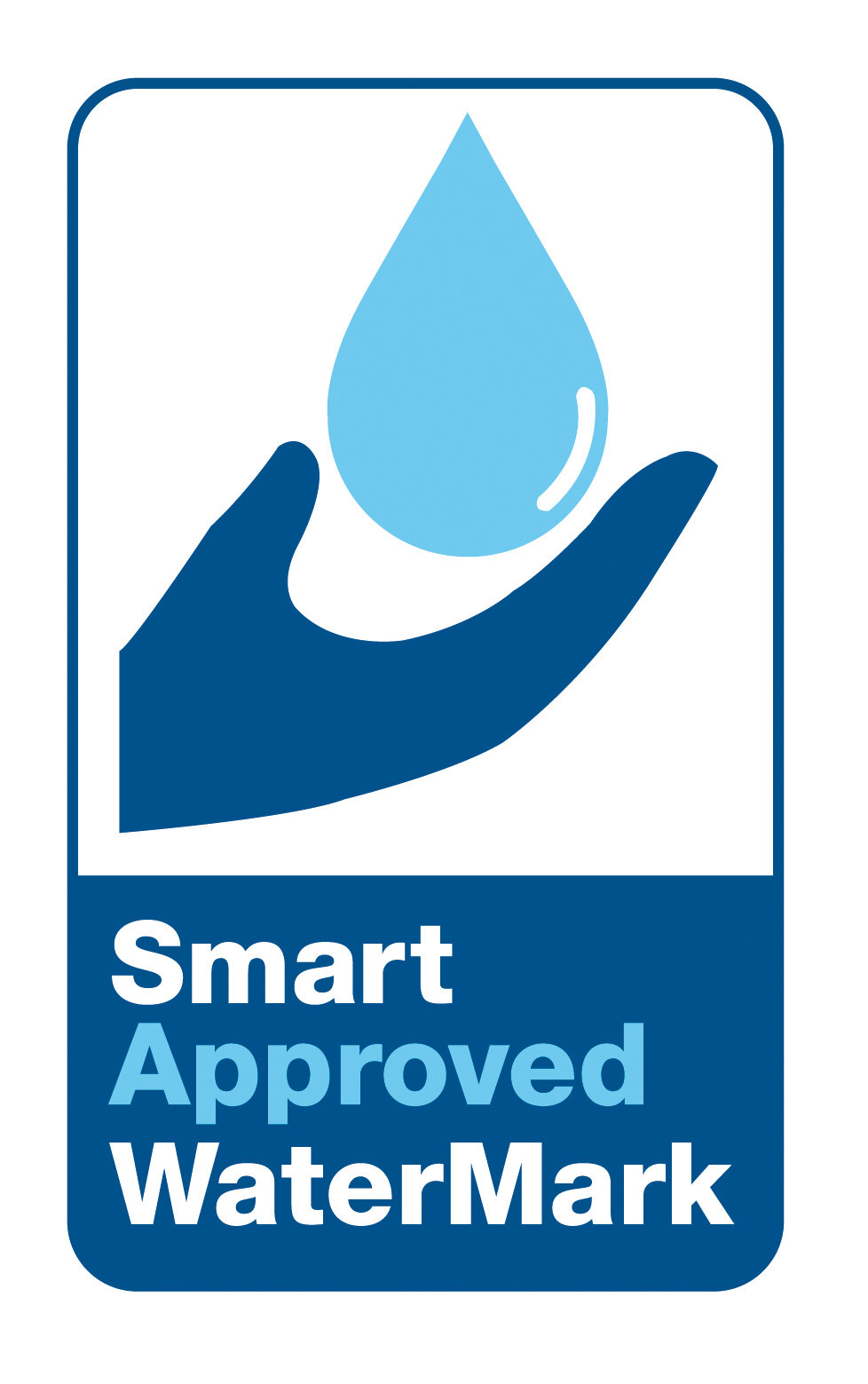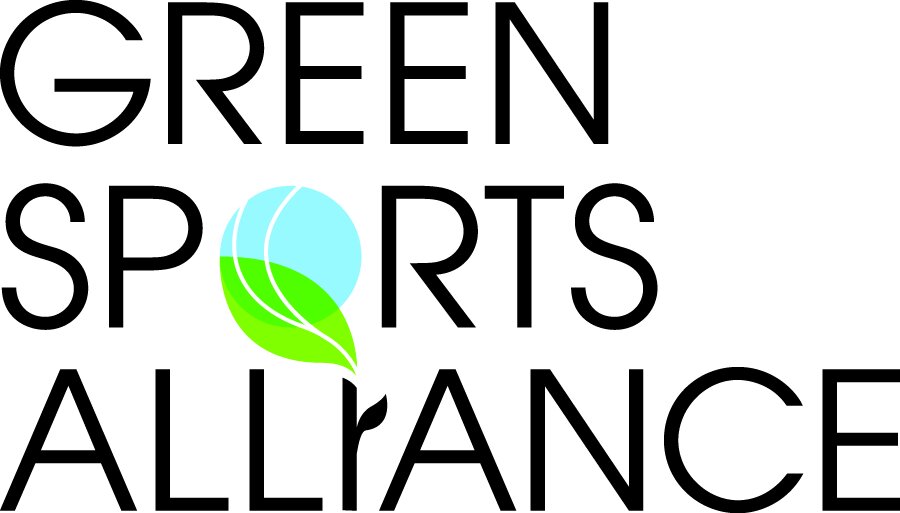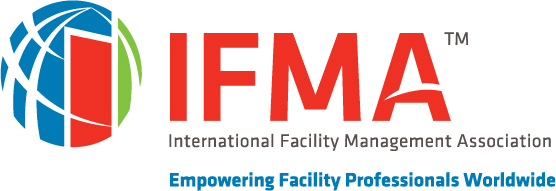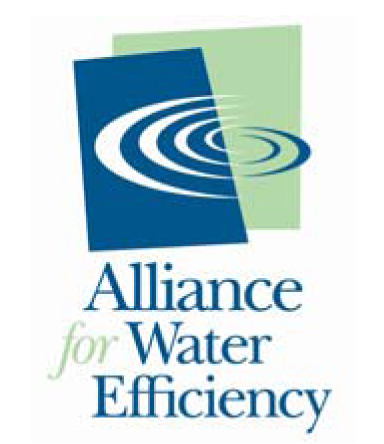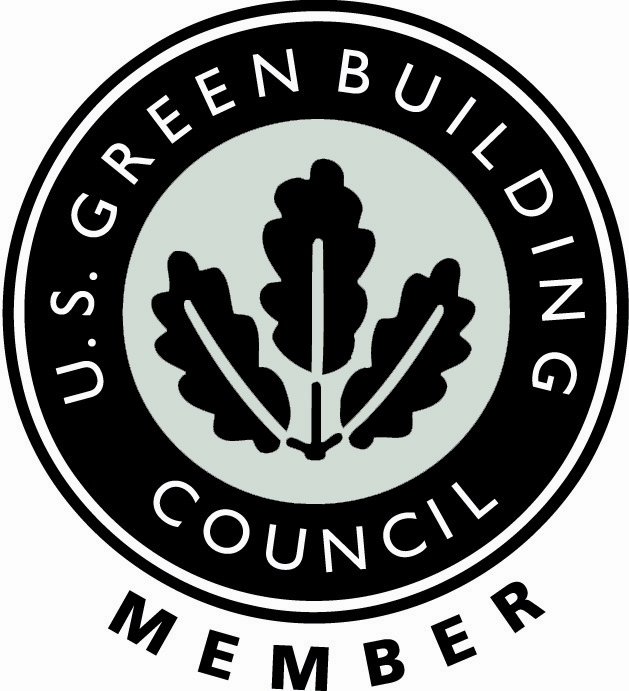Drain Flies
A big problem that many restaurants and commercial kitchens must grapple with is flies; all types of flies are attracted to the smells coming from a kitchen. But if you look at their flying habits more carefully, you will find that the flies are most interested in the floor drains. That’s why they are sometimes called “drain flies.”
Floor drains installed in all commercial kitchen facilities are “U” shaped, even though they are often called “p-traps.” When the p-trap is working properly with a primer, a small amount of water fills the “u” portion of the trap, which plays an essential role. It keeps sewer odors from escaping and entering the kitchen.
But these p-traps can be an even bigger problem in commercial kitchens and draw more flies than other locations. During the day, food debris finds its way down these drains. It slowly starts to fill the pipe, and without enough water to flush the food through the “u” and down the drain, it collects and often clogs the drain. Because there is already some water in the pipe, it provides enough moisture for the food debris to begin to decay, releasing fly-attracting odors.
Once this happens, restaurants and commercial kitchens can have serious problems. Because the decaying food can become such an important food source for the flies, they breed in the area, their eggs find a home in the drainpipes, and soon entire generations of flies are born in the drains. This becomes their home. The fly population grows, the flies, as flies often do, collect germs and bacteria on their feet, and as they fly around the kitchen, spread those germs and bacteria wherever and whenever they land. This is why restaurant inspectors invariably check floor drains to see if they are working properly and if they have become infested with flies. (See Sidebar Below: The Life of a Fly)
Dealing with Floor Drain Fly Infestation
There are four things we must do when it comes to ridding a floor drain of flies. These are:
· Better sanitation
· Odor control
· Eliminating any larval nesting materials
· And keeping the drain from drying up.
Better sanitation, which will help eliminate odors that draw the flies, can be as simple as flushing the floor drains with water on an ongoing basis. This will push decaying food debris down the drain, and with effective force, on down to the sewer. pH neutral cleaning solutions can also be used to help clean the drain in the process. Being pH neutral, it will not damage the drain. As to the larvae, it may be necessary to call in a pest professional but not always. Foams and sprays are available that will kill the larvae, flies, or other insects such as cockroaches living in the drains and prevent future generations.
It is also important to keep the floor as dry as possible. Moisture attracts the flies, and when it comes into contact with food debris lodged in the drain, as we discussed earlier, the food starts to decay. To flies this is like ringing the dinner bell…come and get it. But we have to be careful not to let the floor stay too dry for long periods of time.
Some restaurants try to sweep debris from floors – often into floor drains specifically - and then just damp mop the floor, trying to keep water use to a minimum. They may be doing this because they are in a part of the country that now requires restaurants to reduce water consumption. In other situations, the kitchen is virtually a 24/7 operation so they do not have the chance to flush clean the kitchen floor, which would allow a considerable amount of water to rinse down the drain, keeping it running properly.
We already mentioned what can happen when the p-trap dries up. Sewer odors can be released. This means we are in the same situation. The odors, this time from the sewer and not decaying food, are drawing the flies, and our fly and infestation problem returns.
So, what can we do if our commercial kitchen is in a state where water consumption must be reduced or if the kitchen is up and running day and night? Because we are not using much water to clean the floor, we must make sure the p-trap stays full. There is a simple and inexpensive way to handle this, and it is often surprising how many restaurant managers are unaware of this. There are products available referred to as “priming” solutions that can be poured down the drain to keep the p-trap filled. These solutions lasts for months, are not impacted by severe cold or hot weather, and keep the p-trap full and operating correctly.
To prevent flies and other insects from becoming a problem in your restaurant or food service kitchen, there is no substitute for proper cleaning and maintenance: drain flushing, cleaning on a regular basis, and priming solutions that keep the drain full a couple of times per year. These steps will force flies to visit your competitor down the street and leave your restaurant alone.
A frequent speaker and author on water conservation issues, Klaus Reichardt is founder and CEO of Waterless Co. Inc, Vista, CA, makers of waterless urinals and other restroom products. He founded the company in 1991 with the goal to establish a new market segment in the plumbing fixture industry with water conservation in mind. He may be reached at Klaus@waterless.com
Sidebar: The Life of a Fly
· Flies tend to lay their eggs, 100–200 of them at one time, in organic matter such as hair, grease, and food; often they look for such places as dumps, sewers (including floor drains), and garbage heaps to lay their eggs.
· Eggs hatch in about two days and continue to live in and eat the organic matter in which they were laid; this lasts for nine and 15 days before they emerge as adults
· After they hatch, flies feed on fecal matter, discharges from wounds and sores, sputum (mucus), and all sorts of moist decaying matter such as spoiled fish, eggs, and meat
· Flies are suspected of transmitting at least 65 diseases to humans, including typhoid fever, dysentery, cholera, poliomyelitis, yaws, anthrax, tularemia, leprosy and tuberculosis
· They spread disease not so much because it is on their bodies but because they regurgitate and excrete what they have eaten wherever they come to rest
· Flies are most active in the evening; however, this may not be true if located in a commercial kitchen
· Flies do not bite; their mouths are sponge-like
· Flies cannot breed in large numbers if their food sources are limited
· Flies typically live about two to three weeks
Source: Penn State College of Agricultural Sciences and the U.S. Department of Agriculture.













